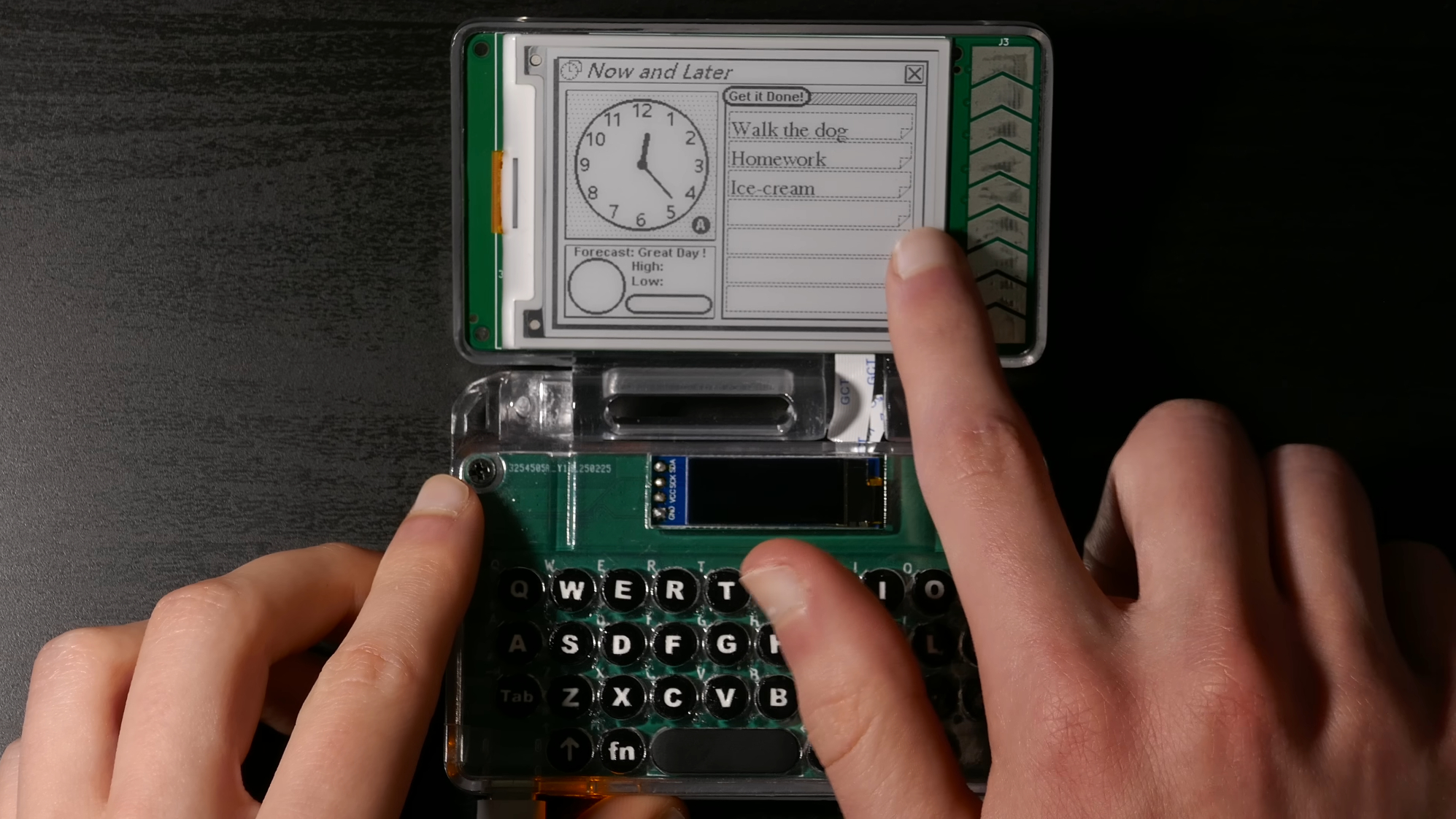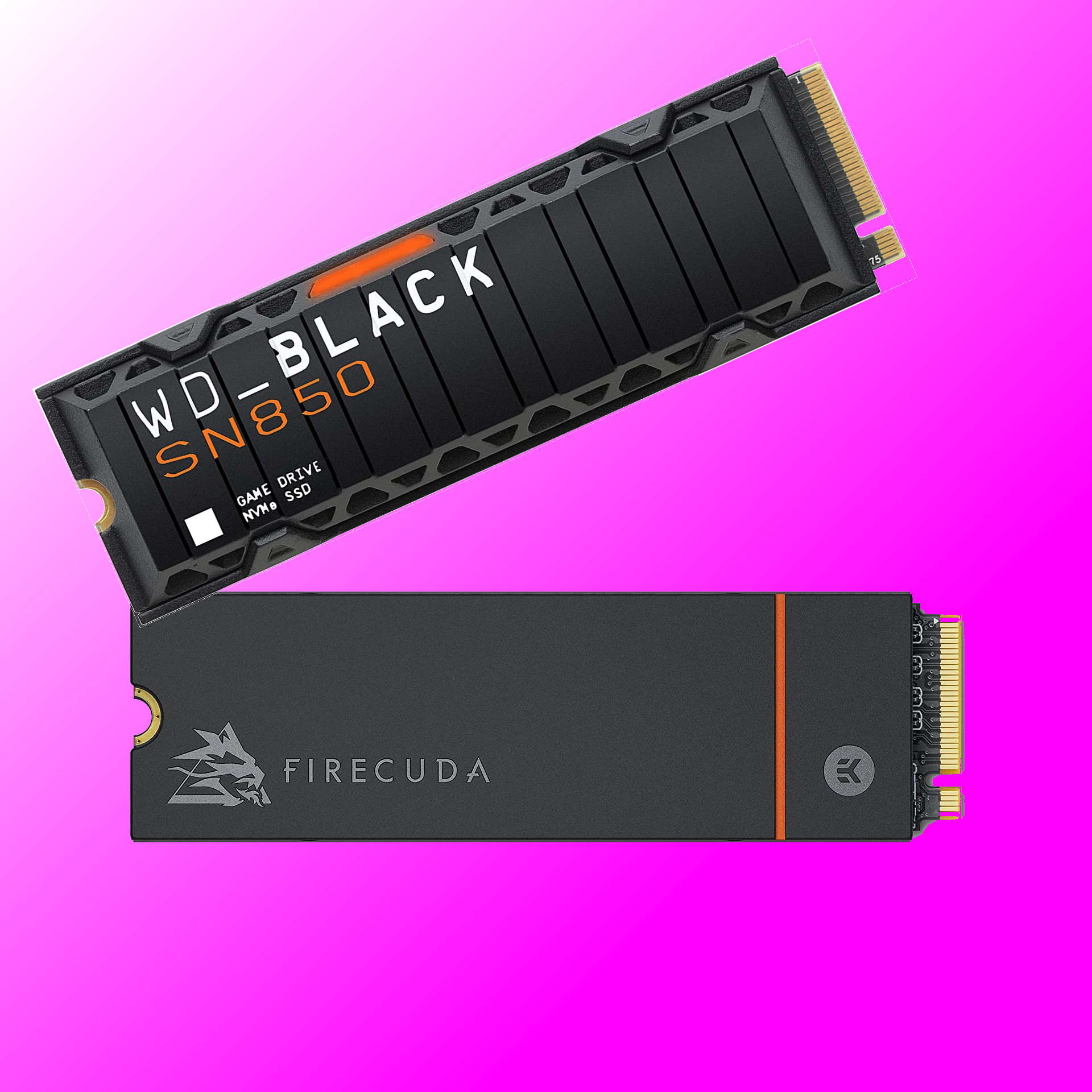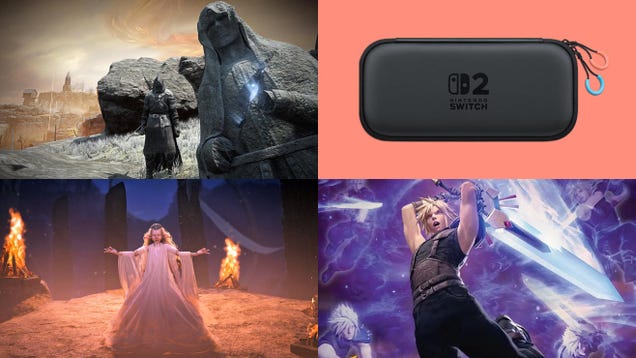
The '90s called, they want their transparent DIY PDA back, but I certainly won't be giving it to them.
I know I’m going to crumble into dust because I remember a day when PDA referred to a little computer rather than macking on in public. Also because I just used the term ‘macking on’. Either way PDA, or Personal Digital Assistant, were once the height of technical civilisation. These little devices worked as note taking devices, digital calenders, and sometimes even handled tasks like email, all long before smart phones were even thought about.
Plus, nothing said “I can do so much cocaine” quite like a suit, a tie, and a PDA in the ’90s. Now of course phones have basically replaced most people’s need for a PDA, but that’s not stopping Ashf, who Hackaday featured for working on cool DIY PDAs for the modern era.
One of the neatest features on these custom built PDAs is the use of an E Ink screen. E Ink has a much slower refresh rate and fewer colours than a standard LCD panel, but they’re making leaps and bounds in recent years, with displays you could almost game on. As a payoff they have absolutely killer battery lives to make up for it. Besides, you’ve already got a phone for all that fast flashy stuff. You people do have phones, right? Thanks to the lower battery draw, these nifty little computers are the kind of thing you probably don’t need to charge for an age.
The latest iteration of Ashf’s design looks like a mini-laptop with a PCB in each side, both powered by an ESP32-S3. The main screen in the laptop form factor is the aforementioned E Ink panel, but there’s also an itty bitty i2c AMOLED for your faster refresh rate needs. To control the device there’s a capacitive touch sensor just beside the main display, as well as a qwerty keyboard packed into the tiny clamshell resin case.
This results in a really clean looking device that you’d never believe was DIY. The transparent tech casing not only lets you get a nice peak of the components inside, but also harkens back to that ’90s design that was so prominent in gaming. There’s even an easy access battery panel if you ever need to swap them out.
It’s also worth noting the keys Ashf’s made for the board have clay inlay letters, and then are coated with clear nail varnish so they not only look really slick but are probably pretty resistant to wear and tear.
This PDA for the present is even running bespoke software that includes a few must have apps for such a device, and is looking to add more. Currently it’s mostly about the text app, but you can also do things like browse files and manage tasks on the device too. It also has a cool docking mode that it will automatically assume when it detects it’s plugged in via its USB Type C port. This shows up just the clock and upcoming tasks, acting more as a PC companion or even bedside clock than a portable pc.
In the future there are plans to add a proper calendar, desktop sync, and Bluetooth compatibility to use external keyboards so you’re not restricted to the miniature one on the device. Personally I feel like some sort of email or chat functionality would be the next step. Of course, then you’re looking at potential Wi-Fi connectivity or maybe even an eSim solution.
Either way I’m really keen to see what Ashf adds to this cool little concept piece next. If you’re looking to make one yourself, checkout the video above to see the full build.
Best SSD for gaming: The best speedy storage today.
Best NVMe SSD: Compact M.2 drives.
Best external hard drive: Huge capacities for less.
Best external SSD: Plug-in storage upgrades.




